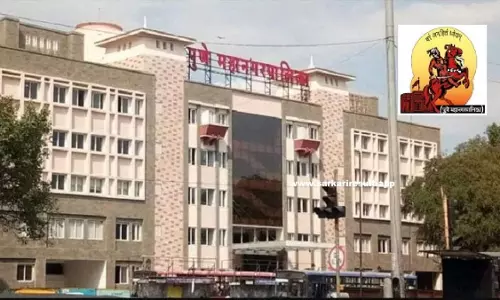Wildlife Forensic Labs With Outdated Equipment Render False-Positive Test Results On Shahtoosh Hair: PIL in Delhi High Court

The Delhi High Court Tuesday issued notice on a plea seeking improved infrastructure in the forensic science laboratories (FSLs) that are engaged in wildlife forensics. The petition demands modern 'Scanning Electron Microscopic' technology and DNA testing procedures in the labs.A division bench of Chief Justice Satish Chandra Sharma and Justice Subramonium Prasad has sought response from...
The Delhi High Court Tuesday issued notice on a plea seeking improved infrastructure in the forensic science laboratories (FSLs) that are engaged in wildlife forensics. The petition demands modern 'Scanning Electron Microscopic' technology and DNA testing procedures in the labs.
A division bench of Chief Justice Satish Chandra Sharma and Justice Subramonium Prasad has sought response from several Ministries of the Central Government; the Central Board of Indirect Taxes and Customs, Wildlife Institute of India, Zoological Survey of India and Wildlife Crime Control Bureau.
The plea has been moved by three unions of exporters, manufacturers, traders, and artisans of Pashmina shawls. Their grievance is that customs and criminal prosecutions are initiated against stakeholders of the Pashmina trade on the premise that their consignments for export carry articles 'suspected to be shahtoosh guard hair'. Such actions are adversely impacting the industry at large, the plea adds.
"The sole basis of these prosecutions emanates from forensic reports that are issued by the forensic science laboratories using technologically obsolete methods [referred to as 'Light Microscopy'], that erroneously conclude various exporters' consignments to be 'positive for Shahtoosh' guard hair'," the plea adds.
Consequent to such forensic reports, the accused stakeholders are subjected to "onerous customs proceedings", leading to huge monetary losses and delays in release of seized shipments, the petition argues. Many exporters facing prosecutions, including the Petitioners, have countless experiences of conflicting results of the government's own forensic reports, it adds
The plea further states that at present there are only two empanelled forensic science laboratories in Dehradun and Kolkata and both of which use Light Microscopy for examining consignments suspected to be 'shahtoosh'.
"It is to be noted that in today's day and age the method of morphological testing through light microscopy, which is the default method utilized by Indian wildlife forensics, is recognized both domestically and globally to be outdated, technologically obsolete & highly prone to false-positive results. The physical characteristics of Pashmina and Shahtoosh fibres are similar in terms of physical properties and tangibility, which makes it nearly impossible to distinguish on the basis of morphological characteristics, most particularly while using the standard Light Microscopy method," the PIL argues.
It has also been averred that there is no foolproof method or way for exporters or traders to be certain that the product being sourced from artisans across the country is purely Pashmina.
"Despite making all efforts to ensure quality control, many times it is noticed that the shawl which is otherwise 100% pure pashmina and manufactured/weaved from pashmina wool contains a few stray 'guard hairs' superficially or somehow contamination found belonging to different species or for that matter of Tibetan Antelope (Chiru) / Shahtoosh. However, it is to be noted that accidentally falling hair are a case of contamination and by no stretch of the imagination can be said to constitute trading an illegal item or 'Animal Article' as defined under Wildlife Protection Act," the PIL contends.
It has been argued in the PIL that allowing Pashmina stakeholders to approach government forensic laboratories or even commissioning of new wildlife forensic laboratories to cater to Pashmina exporters and traders would address the crucial gap in the supply chain and reduce tremendous hardship to the industry.
"It is imperative that Pashmina exporters and traders be able to test their shawls or products prior to exporting the same in order to determine their textile composition and stay within the law. Further, both for the purposes of Customs as well as criminal prosecution under the Wildlife Protection Act, 1972, these test results must be treated as a form of certification of authenticity. Doing so will save precious time at customs clearance and will avoid the potential of seizing the entire consignment on suspicion of being contraband," it adds.
The petition has been moved through Advocates Tanveer Ahmed Mir, Kartik Venu and Shikhar Sharma.
Title: PASHMINA EXPORTERS & MANUFACTURERS ASSOCIATION & ORS. v. UNION OF INDIA & ORS.




